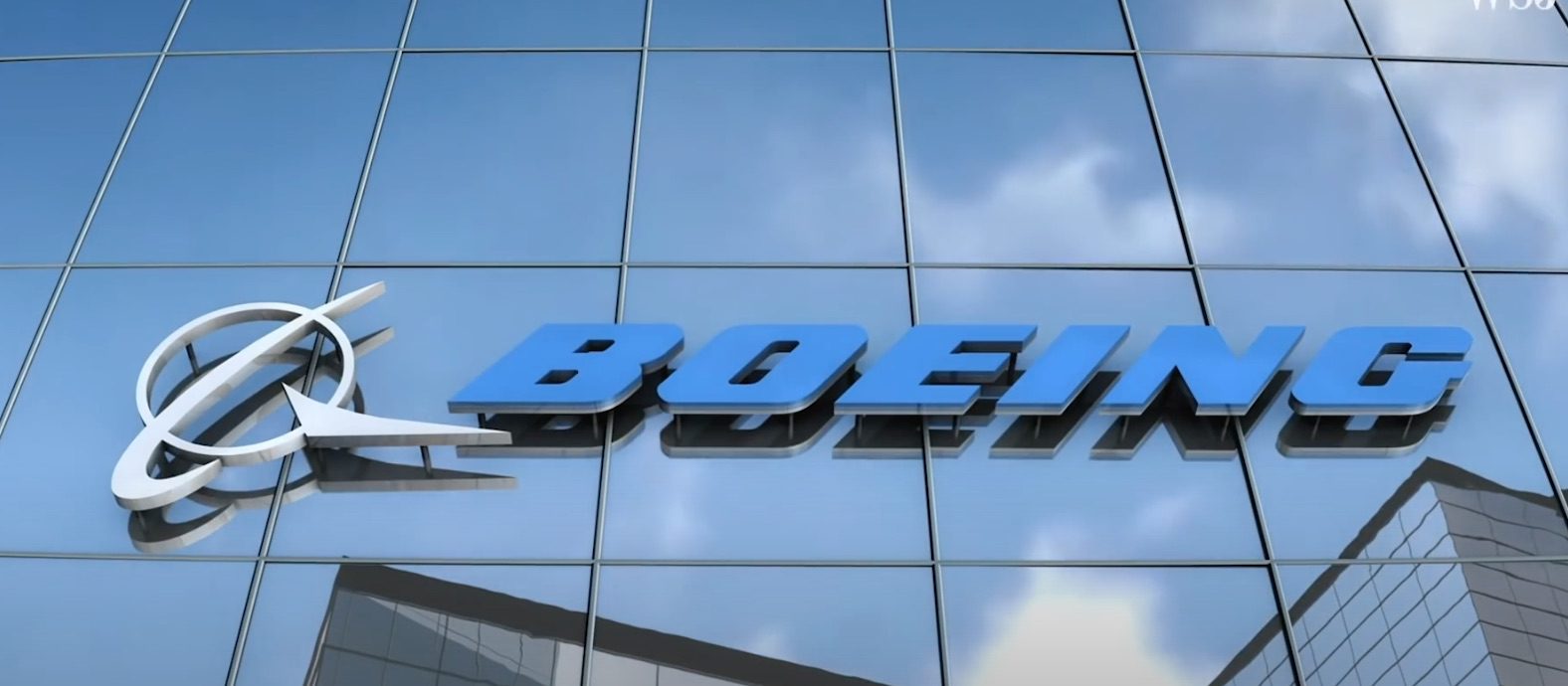
Boeing Building
News:
There is speculation that Boeing is now focusing on developing a new 200-260 seat aircraft to position against the A321neo, which has been cleaning up in the marketplace vacancy once occupied by the Boeing 757 and 767, the “middle of the market.” Boeing had developed and spoken with airlines about a wide-body NMA (‘New Middle-market Aircraft’) design but could not overcome uncertainties about the business case when the MAX crisis hit, followed by the COVID-19 crisis for the industry.
Boeing is now speaking with airlines about a narrow-body NMA to “leapfrog” the A321neo in terms of efficiency with an all new design, which we will call NBA for new Boeing aircraft in our nomenclature. As Boeing evaluates the business case for this aircraft, there are compelling forces on both sides of the debate whether to build or not to build this aircraft.
Subscriber content – Sign in Monthly Subscription Annual Subscription




